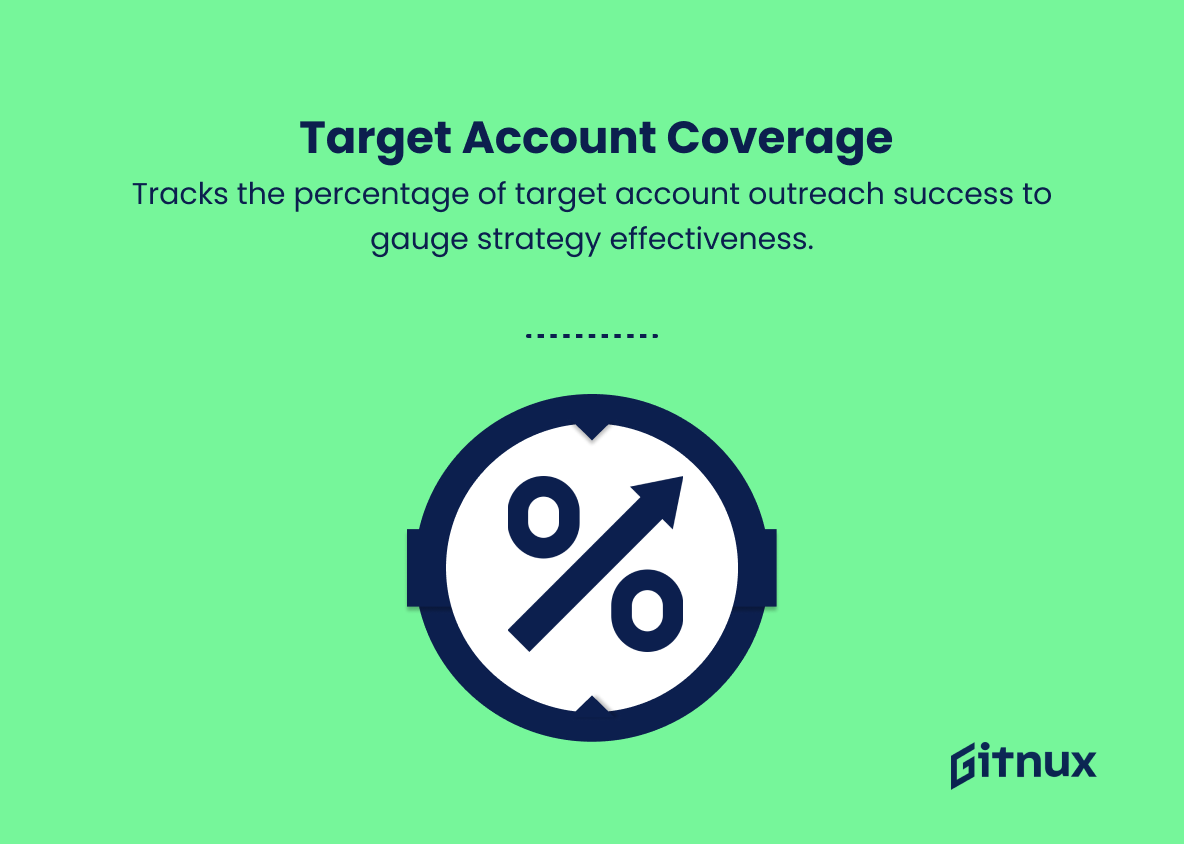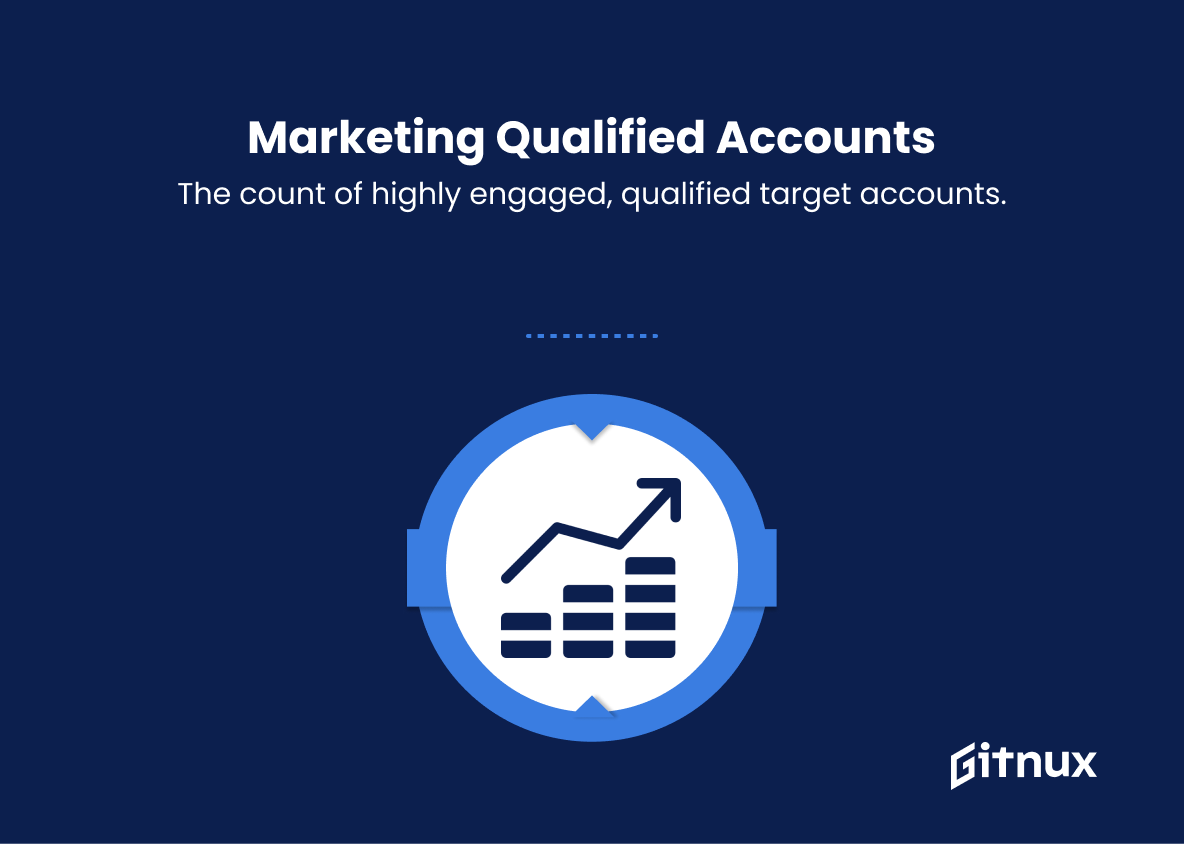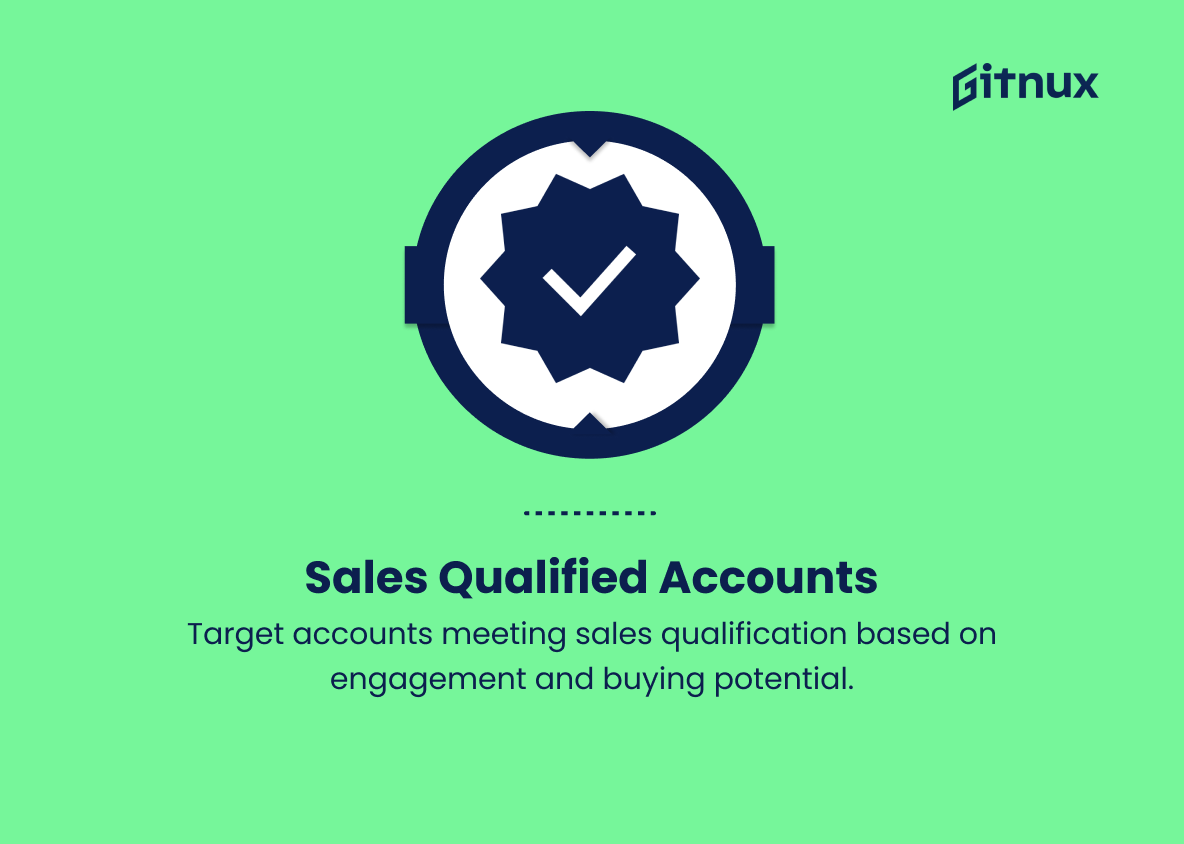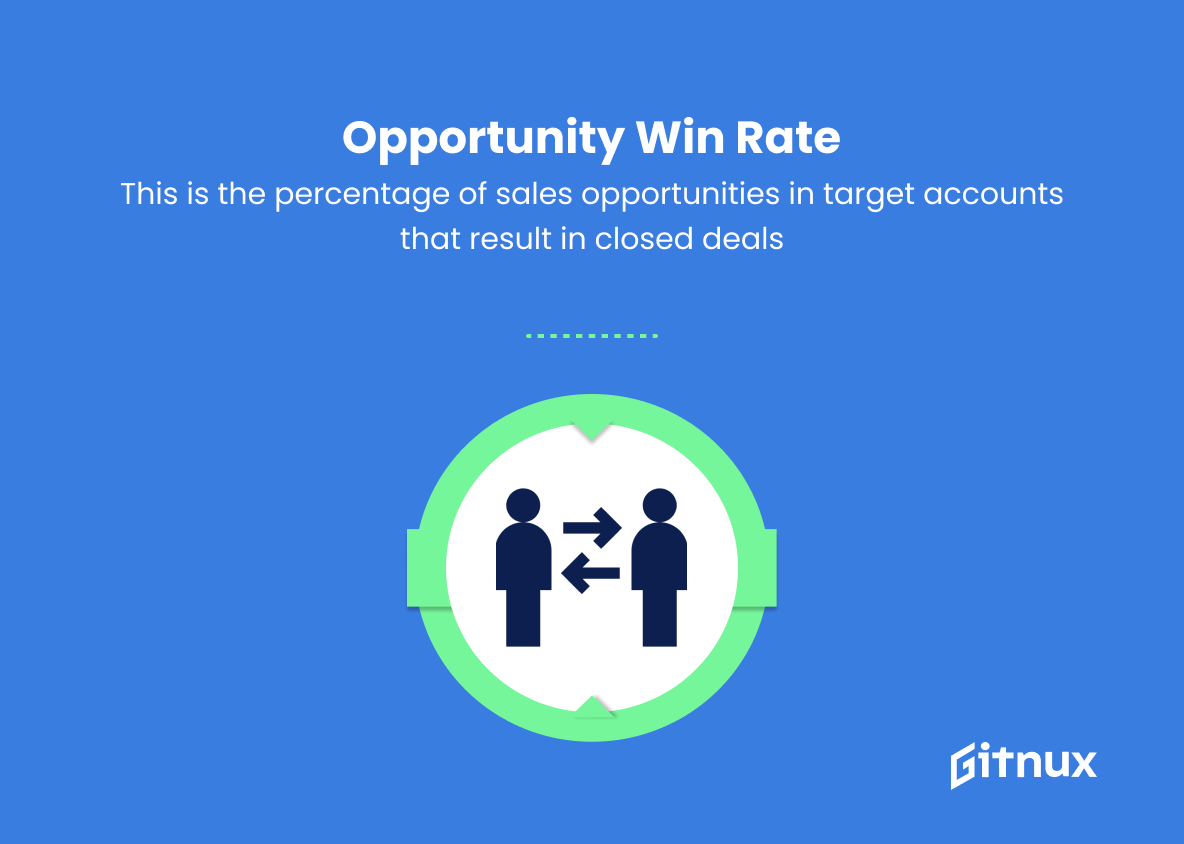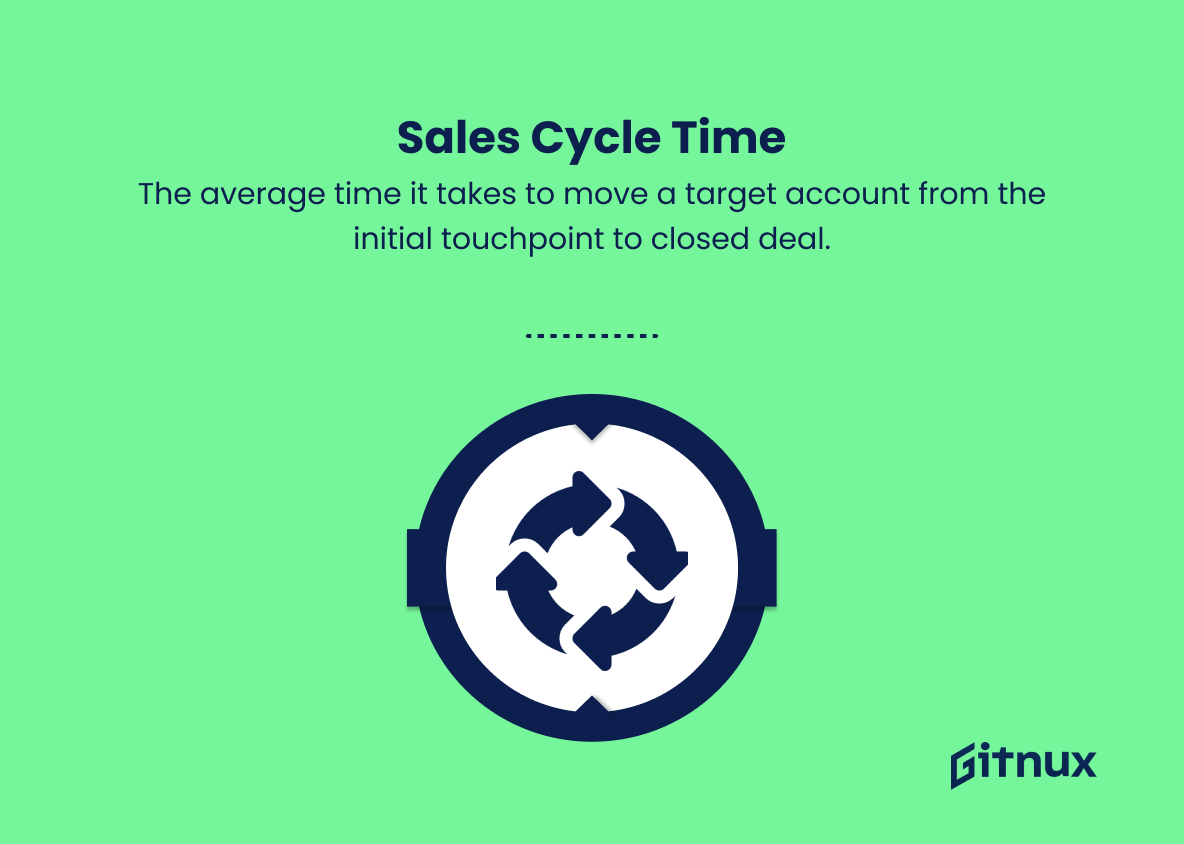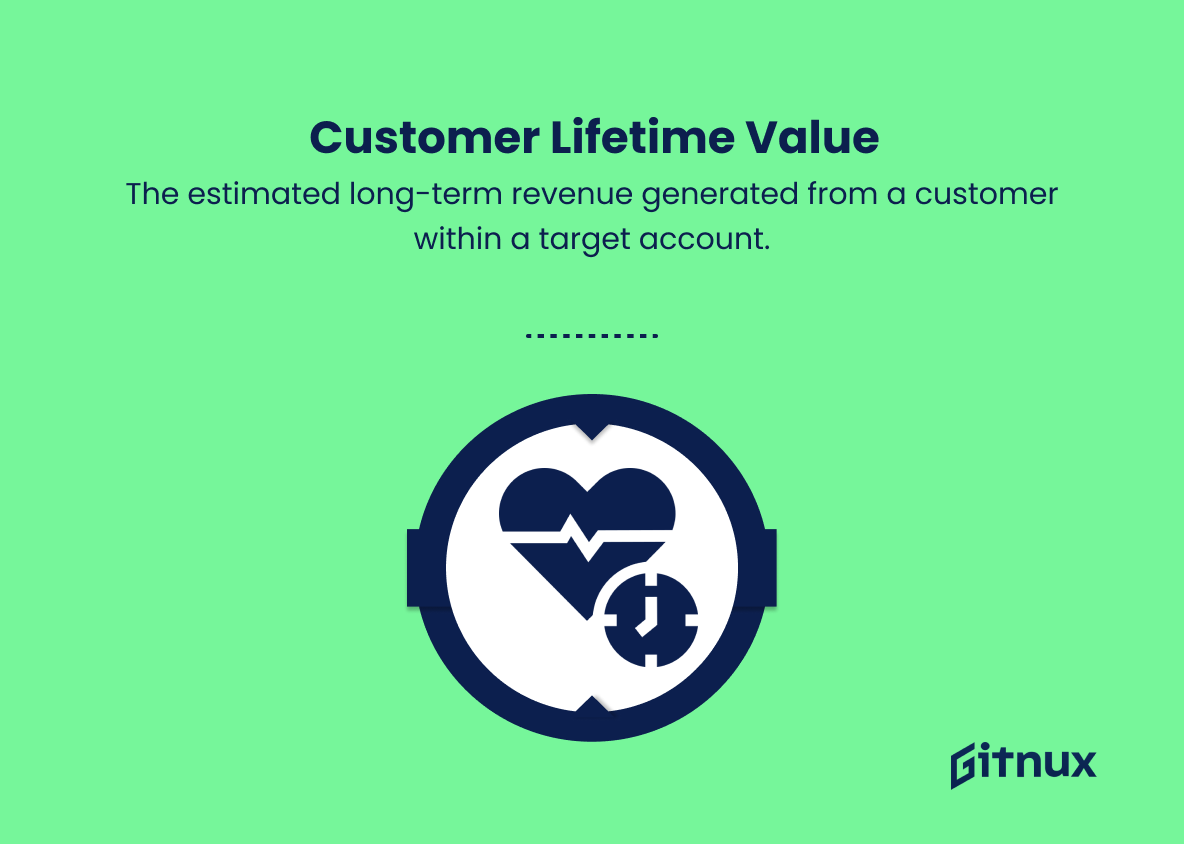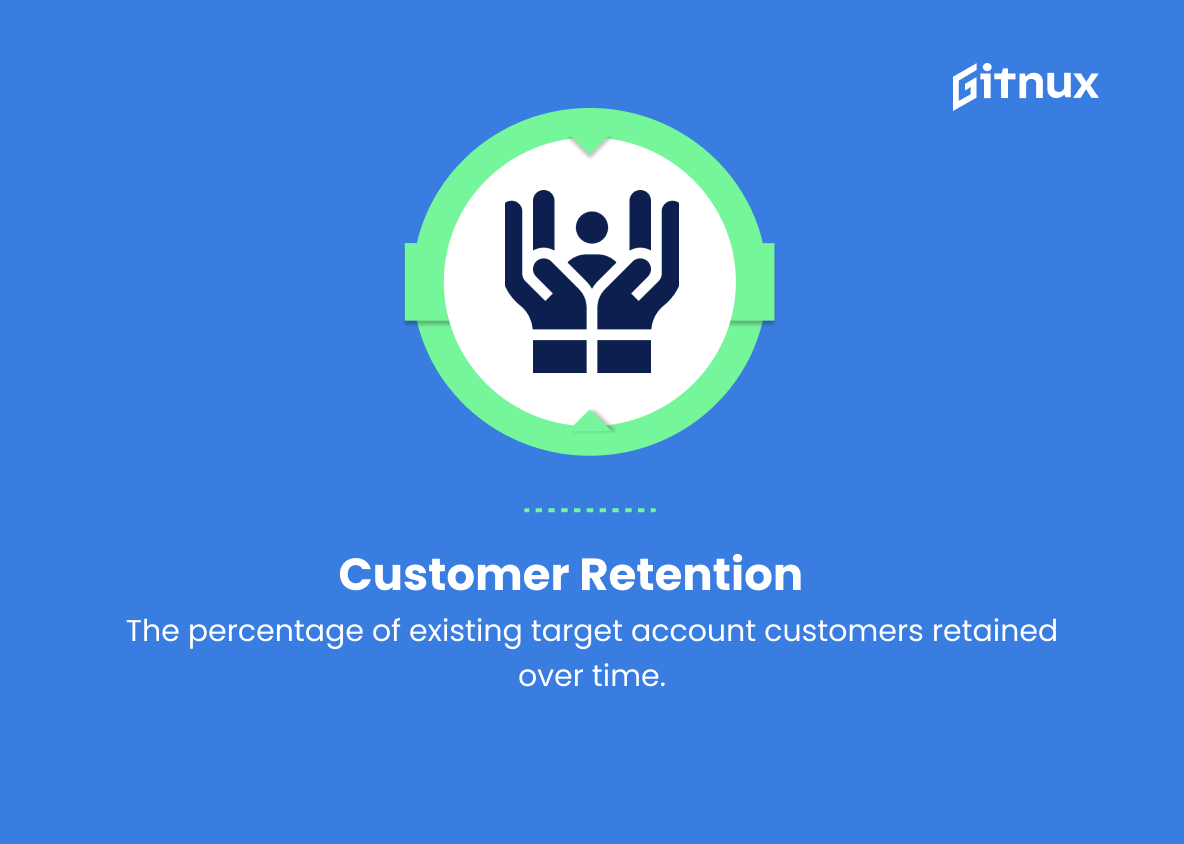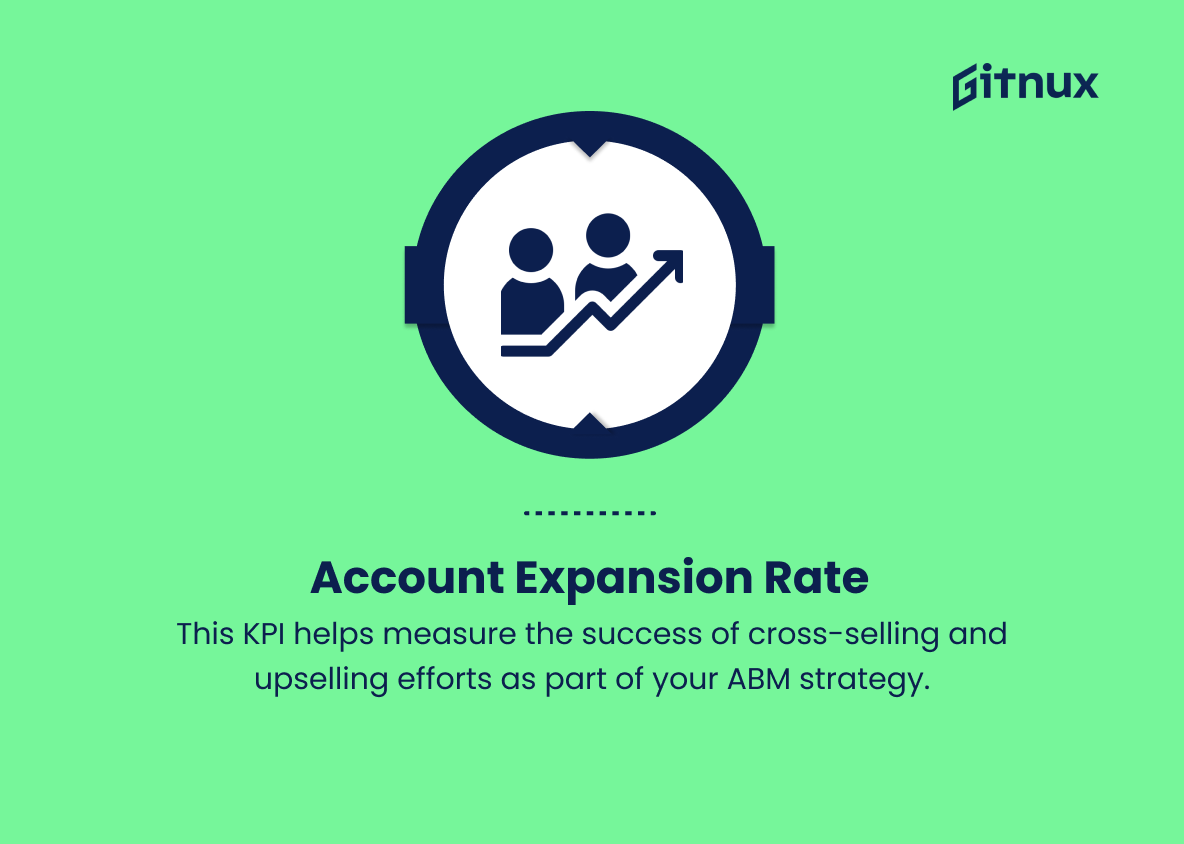In today’s highly competitive business landscape, organizations are constantly seeking ways to improve their performance and ensure sustainable growth. Key performance indicators, or KPIs, have become a vital tool for businesses to measure their success and track progress towards their goals. In the realm of Account-based Marketing (ABM), accurately identifying and monitoring these KPIs is crucial for optimizing campaigns and maximizing return on investment. As you embark on your ABM journey, it is essential to understand which metrics will truly drive success and help you make informed decisions.
In this blog post, we will delve deep into the most relevant and impactful ABM KPIs, providing you with the ultimate guide to monitoring and fine-tuning your account-based strategies for optimum performance. Get ready to transform your ABM efforts by learning to harness the power of KPI-driven insights.
ABM KPIs You Should Know
1. Account Engagement Rate
Measures the level and frequency of engagement within target accounts. It helps indicate whether the ABM strategy is resonating with the target audience or not.
2. Target Account Coverage
This KPI tracks the percentage of target accounts successfully reached by marketing and sales efforts. It shows how well your outreach strategy is working.
3. Account Penetration
Measures the number of contacts within a target account that have been engaged by marketing or sales activities. This helps assess the depth of relationships being developed with key stakeholders in target accounts.
In today’s highly competitive business landscape, organizations are constantly seeking ways to improve their performance and ensure sustainable growth.4. Marketing Qualified Accounts (MQAs)
The number of target accounts that have shown a significant level of engagement and meet predefined criteria for marketing qualification. This KPI helps prioritize accounts for further nurturing and sales outreach.
5. Sales Qualified Accounts (SQAs)
Similar to MQAs, SQAs are target accounts that meet predefined sales qualification criteria based on their engagement and buying potential.
6. Opportunity Win Rate
This is the percentage of sales opportunities in target accounts that result in closed deals. It helps evaluate the effectiveness of your ABM strategy in driving revenue growth.
7. Average Deal Size
The average revenue generated from closed deals within target accounts. This KPI is useful for determining if ABM efforts are helping generate higher-value opportunities.
8. Sales Cycle Time
The average time it takes to move a target account from the initial touchpoint to closed deal. Shortened sales cycles indicate that your ABM strategy is effectively accelerating the buying process.
Key performance indicators, or KPIs, have become a vital tool for businesses to measure their success and track progress towards their goals.9. Pipeline Velocity
Measures the speed at which opportunities progress through the sales pipeline within target accounts. Faster pipeline velocity indicates that your ABM strategy is driving increased sales momentum.
10. Customer Lifetime Value (CLTV)
The estimated long-term revenue generated from a customer within a target account. A high CLTV indicates that your ABM strategy is creating valuable, long-lasting relationships.
11. Customer Retention
The percentage of existing target account customers retained over time. This KPI helps assess customer satisfaction and the effectiveness of post-sale engagement strategies.
12. Customer Acquisition Cost (CAC)
The total costs associated with acquiring a new customer within a target account. Measuring CAC helps evaluate the efficiency of marketing and sales efforts in the context of ABM.
13. Account Expansion Rate
The growth in revenue or opportunities within existing target accounts. This KPI helps measure the success of cross-selling and upselling efforts as part of your ABM strategy.
ABM KPIs Explained
Account-Based Marketing (ABM) KPIs are crucial for evaluating the success and effectiveness of targeted marketing and sales efforts in driving growth and revenue. Account Engagement Rate gauges the level of interaction within target accounts, helping to determine if the ABM strategy is resonating with the intended audience. Target Account Coverage and Account Penetration assess the breadth and depth of outreach, while Marketing Qualified Accounts (MQAs) and Sales Qualified Accounts (SQAs) assist in prioritizing accounts for nurturing and sales efforts.
Opportunity Win Rate, Average Deal Size, Sales Cycle Time, and Pipeline Velocity paint a picture of the ABM strategy’s impact on driving increased revenue, high-value opportunities, and a more efficient buying process. Customer Lifetime Value (CLTV), Customer Retention, Customer Acquisition Cost (CAC), and Account Expansion Rate provide insight into the long-term success, satisfaction, and growth potential of target accounts, ensuring that marketing and sales efforts are efficient and effective within the context of ABM.
Conclusion
In summary, understanding and tracking the right ABM KPIs is crucial for the success of any account-based marketing strategy. By evaluating metrics such as engagement rate, pipeline created, average deal size, and closed-won deals, businesses can gain valuable insights into the impact of their ABM strategy, refine their approach, and ultimately achieve better revenue performance.
As a marketer, it is key to align your ABM KPIs with your overall business objectives and continuously optimize your efforts, ensuring the best possible results for your organization. So, keep measuring, learning, and improving, and your ABM initiatives are bound to succeed.

